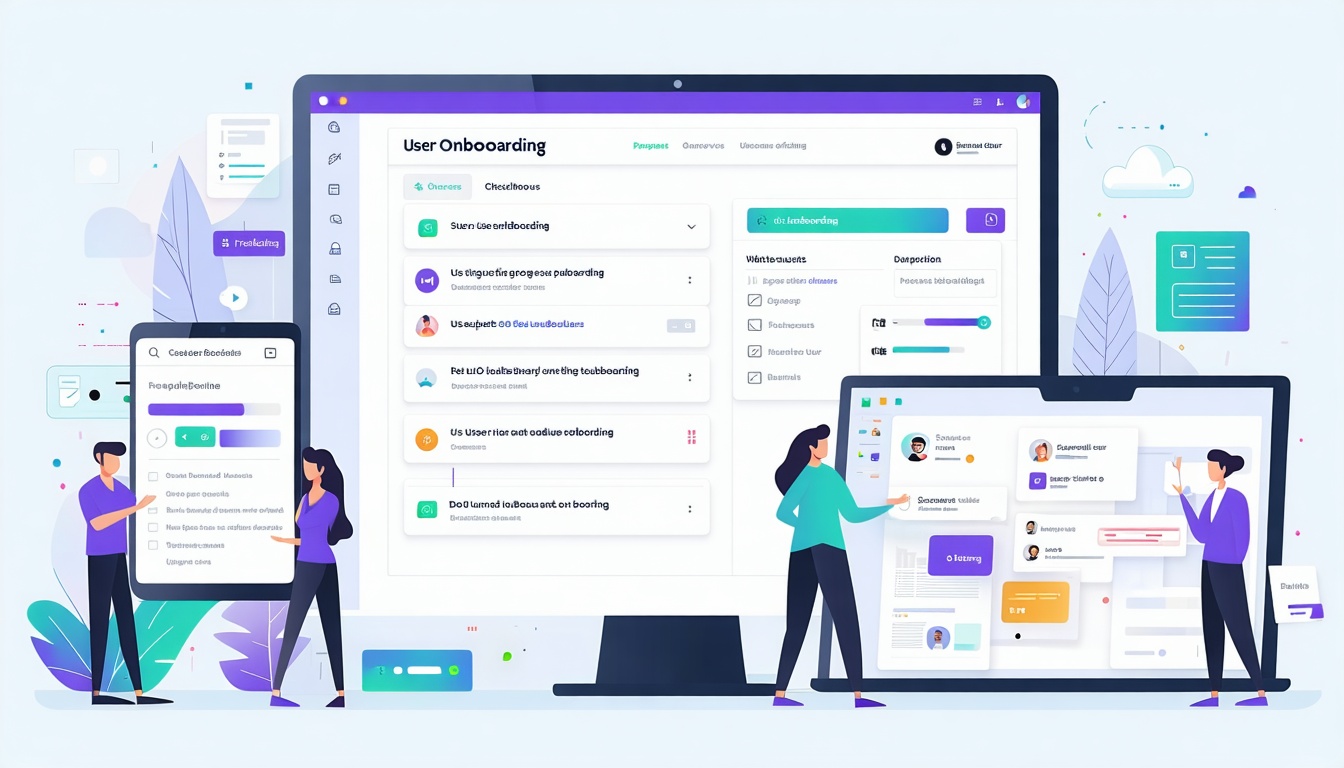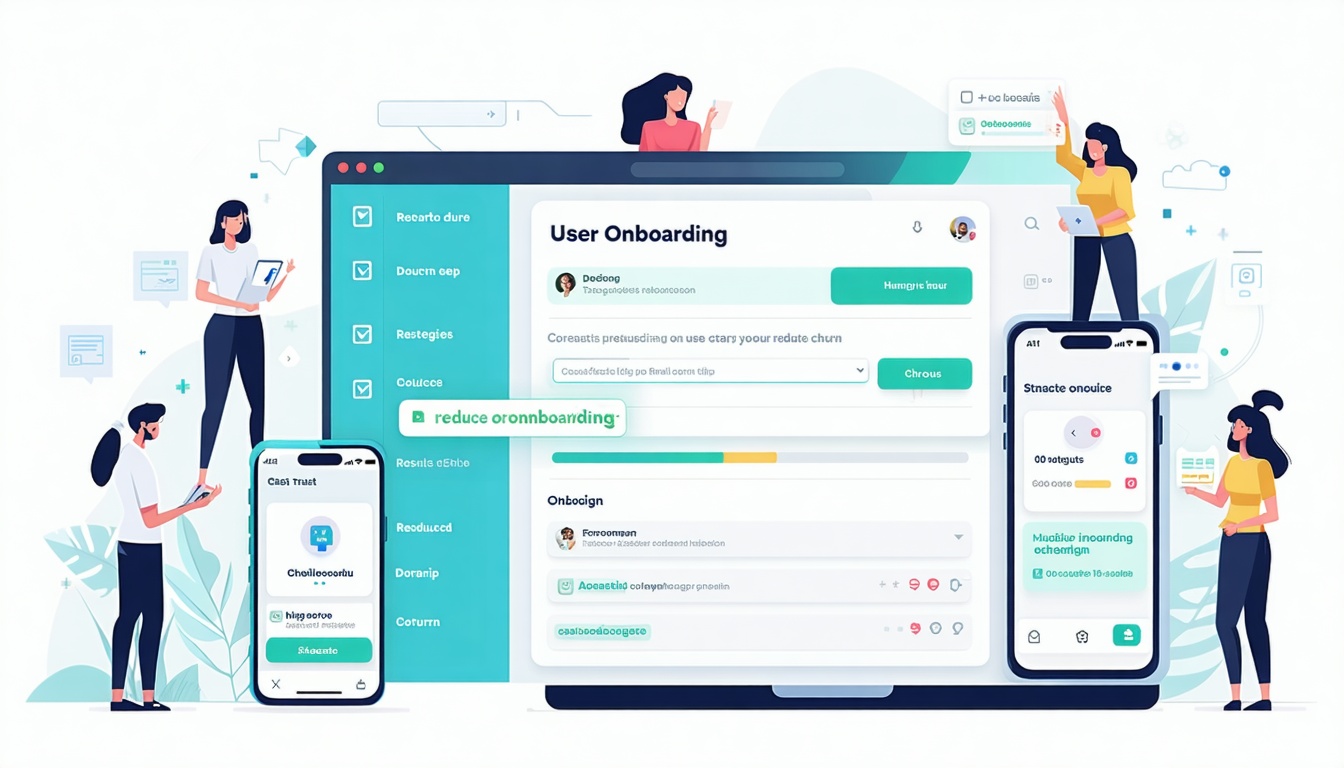Importance of a Strong Web Development Portfolio
Establishing the significance of a web development portfolio in the realm of business growth is imperative for business owners looking to enhance their online presence and attract potential clients. A well-crafted portfolio can be a powerful tool that showcases a developer’s skills, expertise, and past projects effectively.
The Significance of a Web Development Portfolio
A web development portfolio serves as a visual representation of a developer’s capabilities and achievements. It provides a platform to exhibit completed projects, technical skills, and creativity. By presenting a curated selection of works, developers can demonstrate their proficiency in various web development aspects such as front end and responsive design, coding languages proficiency, and frameworks expertise.
Impact on Business Growth
An impactful web development portfolio can significantly influence the growth of a business. It acts as a digital resume that not only attracts potential clients or employers but also helps in building credibility and trust. A comprehensive portfolio showcasing successful projects and positive client testimonials can instill confidence in prospective clients, leading to increased project opportunities and collaborations.
To illustrate the potential impact of a web development portfolio, consider the following table displaying the percentage increase in business growth attributed to an effective portfolio:
| Business Growth Metrics | Increase (%) |
|---|---|
| Client Inquiries | 30% |
| Project Opportunities | 40% |
| Conversion Rate | 25% |
| Revenue Generated | 50% |
In conclusion, a robust web development portfolio plays a crucial role in enhancing business growth by attracting clients, boosting credibility, and showcasing expertise. Business owners should prioritize the creation and maintenance of a compelling portfolio to capitalize on the opportunities it brings in terms of expanding their client base and establishing a strong online presence.
Key Elements of an Effective Portfolio
When it comes to showcasing your web development skills and attracting potential clients, having an effective portfolio is essential. A well-crafted portfolio not only demonstrates your expertise but also highlights your unique selling points. Here are the key elements that can make your portfolio stand out:
Showcase Your Best Work
One of the most crucial aspects of a web development portfolio is showcasing your best projects. Display a diverse range of projects that highlight your versatility and skills as a developer. Include websites that demonstrate different functionalities, design styles, and technical expertise. This variety can showcase your ability to adapt to different client needs and project requirements.
Highlight Your Skills and Expertise
In addition to showcasing your projects, it’s important to highlight your specific skills and expertise in web development. Create a section in your portfolio that outlines the programming languages, frameworks, and tools you are proficient in. This helps clients understand your technical capabilities and areas of specialization. Including this information upfront can attract businesses looking for developers with specific skill sets.
| Skill | Proficiency Level |
|---|---|
| HTML/CSS | Advanced |
| JavaScript | Intermediate |
| PHP | Intermediate |
| React | Advanced |
Testimonials and Client Feedback
Client testimonials and feedback can add credibility to your portfolio and build trust with potential clients. Include excerpts from client reviews that highlight your professionalism, communication skills, and the impact of your work on their business. Testimonials provide social proof of your expertise and can influence decision-making for prospective clients.
When crafting your web development portfolio, remember that these key elements are essential for making a strong impression on potential clients and setting yourself apart in a competitive market. By effectively showcasing your best work, highlighting your skills and expertise, and incorporating testimonials and client feedback, you can create a compelling portfolio that attracts new business opportunities and showcases your capabilities in the field of front end web development.
Types of Web Development Portfolio Examples
As a business owner looking to showcase your web development prowess, it’s essential to understand the various types of portfolio examples that can elevate your online presence. Here, we dive into three primary categories: single page websites, e-commerce websites, and portfolio websites.
Single Page Websites
Single page websites, also known as one-page websites, are a popular choice for businesses aiming to provide a straightforward and seamless user experience. These websites feature all the essential information on a single scrolling page, allowing visitors to navigate effortlessly without the need to click through multiple pages.
Advantages of Single Page Websites:
- Simplicity: Streamlined design for quick access to information.
- Engagement: Seamless navigation encourages user interaction.
- Mobile-Friendly: Optimized for responsiveness across devices.
E-Commerce Websites
E-commerce websites are tailored for businesses looking to sell products or services online. These websites incorporate features like product listings, shopping carts, payment gateways, and order processing functionalities. When showcasing e-commerce websites in your portfolio, emphasize your skills in creating user-friendly interfaces and secure transaction processes.
Key Features of E-Commerce Websites:
| Feature | Description |
|---|---|
| Product Listings | Display of items with details and images. |
| Shopping Cart | Ability to add, remove, and edit items. |
| Payment Gateways | Secure methods for online transactions. |
| Order Processing | System for managing customer orders. |
Portfolio Websites
Portfolio websites serve as a visual representation of your web development capabilities and showcase your previous projects in an engaging manner. This type of website allows you to exhibit your design aesthetics, coding skills, and creativity to potential clients or employers. By presenting your work through a portfolio website, you can effectively demonstrate your expertise and attract new opportunities.
Elements of an Effective Portfolio Website:
- Showcase Projects: Highlight your best work with detailed case studies.
- Skill Display: Demonstrate your proficiency in web development technologies.
- Client Testimonials: Include feedback from satisfied clients to build credibility.
Understanding the nuances of each type of web development portfolio example is crucial for tailoring your online showcase to your target audience. Whether you opt for a single page website, an e-commerce platform, or a portfolio showcase, ensure that your web development portfolio aligns with your business goals and effectively demonstrates your skills and achievements.
Standout Features in Web Development Portfolios
In the realm of web development portfolios, incorporating standout features is essential to grab the attention of potential clients and showcase your expertise. Three key elements that can set your portfolio apart are responsive design, user interface and user experience (UI/UX), and performance optimization.
Responsive Design
| Device Type | Usage Percentage |
|---|---|
| Desktop | 42% |
| Mobile | 58% |
Responsive design is a fundamental component of a successful web development portfolio. With the increasing use of mobile devices to access the web, ensuring that your portfolio is optimized for all screen sizes is paramount. A responsive design adapts the layout and content of your portfolio to provide an optimal viewing experience across various devices, capturing the attention of a broader audience. Read more about responsive web development to enhance your understanding.
User Interface and User Experience
Creating a seamless user interface (UI) and exceptional user experience (UX) within your portfolio is key to engaging visitors and highlighting your skills. A well-thought-out UI focuses on the visual elements and interactive components of your portfolio, while UX emphasizes the overall feel and ease of navigation for users. By optimizing both UI and UX, you can make a lasting impression on visitors and effectively convey your capabilities. Dive deeper into front end web development to refine your UI/UX skills.
Performance Optimization
| Loading Time (Seconds) | Ideal Range |
|---|---|
| Desktop | 1-3 seconds |
| Mobile | 1-2 seconds |
Performance optimization plays a crucial role in the success of your web development portfolio. Fast loading times and smooth navigation are imperative to keep visitors engaged and prevent them from bouncing off your site. By implementing optimization techniques such as image compression, minifying code, and leveraging caching mechanisms, you can enhance the speed and performance of your portfolio. Discover more about performance optimization strategies in our article on web development best practices.
By incorporating these standout features into your web development portfolio, you can not only captivate potential clients but also demonstrate your proficiency in creating visually appealing, user-friendly, and high-performing websites. Positioning responsive design, UI/UX excellence, and performance optimization at the core of your portfolio can lead to increased engagement, conversions, and ultimately, business growth.
Creating a Compelling Web Development Portfolio
When it comes to showcasing your web development skills and attracting potential clients, creating a compelling portfolio is key. A well-crafted portfolio not only highlights your expertise but also serves as a powerful tool for business growth. In this section, we will explore the essential elements of creating a standout web development portfolio, including selecting the right projects, crafting engaging case studies, and incorporating personalization and brand identity.
Selecting the Right Projects
Choosing the right projects to feature in your web development portfolio is crucial for making a strong impression on potential clients. Select projects that demonstrate a diverse range of skills and expertise, showcasing your ability to tackle a variety of web development challenges. Consider including projects that highlight different aspects of your capabilities, such as responsive design, user interface, and performance optimization.
| Project Type | Description |
|---|---|
| Single Page Websites | Showcase your ability to create visually appealing and engaging single-page websites. |
| E-Commerce Websites | Highlight your expertise in developing secure and functional e-commerce platforms. |
| Portfolio Websites | Demonstrate your skills in designing and building professional portfolio websites. |
By carefully curating your project selection, you can paint a comprehensive picture of your capabilities and attract clients looking for specific expertise in web development. Remember to include detailed descriptions and visuals of each project to provide a clear understanding of your work.
Crafting Engaging Case Studies
Crafting engaging case studies for each project in your portfolio can significantly enhance your credibility and showcase your problem-solving skills. Case studies provide insight into your thought process, decision-making, and technical expertise, giving potential clients a glimpse into how you approach web development challenges. When creating case studies, consider including the following key elements:
- Overview of the project objectives and client requirements
- Description of your approach and strategies used to meet the project goals
- Challenges faced during the development process and how they were overcome
- Results and outcomes achieved for the client, such as improved user experience or increased website traffic
By presenting detailed and engaging case studies, you can effectively communicate your expertise and demonstrate your ability to deliver results for your clients.
Personalization and Brand Identity
Personalizing your web development portfolio and infusing it with your unique brand identity can help set you apart from the competition and leave a lasting impression on potential clients. Incorporate elements that reflect your individual style, values, and personality to create a memorable and cohesive portfolio that aligns with your brand.
Consider adding personal touches such as a professional bio, photos of yourself or your team, and a statement of your design philosophy. Pay attention to the visual presentation of your portfolio, including color schemes, typography, and imagery, to ensure consistency with your brand identity. By personalizing your portfolio, you can establish a strong connection with potential clients and showcase your authenticity and professionalism.
Creating a compelling web development portfolio involves a strategic selection of projects, engaging case studies, and a personalized approach that reflects your brand identity. By focusing on these key elements, you can create a portfolio that not only showcases your skills and expertise but also resonates with potential clients and drives business growth.
Leveraging Your Portfolio for Business Growth
As a business owner, your web development portfolio can serve as a powerful tool for driving growth and attracting new opportunities. By strategically leveraging your portfolio, you can tap into networking and collaboration opportunities, convert leads into clients, and continually improve your portfolio to showcase your expertise.
Networking and Collaboration Opportunities
One of the key advantages of a well-crafted web development portfolio is its ability to open doors for networking and collaboration. By showcasing your best work and highlighting your skills, you can attract potential partners, clients, and industry peers who are impressed by your portfolio. Collaborating with other professionals in the field can lead to new projects, referrals, and valuable connections that can propel your business forward. Remember, networking is not just about making connections – it’s about nurturing and maintaining those relationships over time.
Converting Leads into Clients
Your web development portfolio acts as a virtual business card that showcases your capabilities and expertise to potential clients. When leads visit your portfolio, they should immediately see the value you can bring to their projects. Incorporating compelling case studies and testimonials can help build trust and credibility with prospects, increasing the likelihood of converting leads into paying clients. Make sure your portfolio is user-friendly, visually engaging, and demonstrates your ability to deliver results for your clients.
Continuous Portfolio Improvement
The digital landscape is constantly evolving, and so should your web development portfolio. To stay competitive and relevant in the industry, it’s essential to continuously improve and update your portfolio with your latest projects, skills, and achievements. Regularly review your portfolio to ensure that it reflects your current capabilities and showcases your most recent work. Seek feedback from clients and colleagues to identify areas for improvement and make necessary updates to keep your portfolio fresh and engaging.
By leveraging your web development portfolio effectively, you can position your business for growth, attract new clients, and establish yourself as a leader in the industry. Remember to utilize your portfolio as a dynamic tool that evolves with your business and reflects your ongoing success and expertise. For more insights on enhancing your web development skills and portfolio, explore our articles on front end web development and responsive web development.











